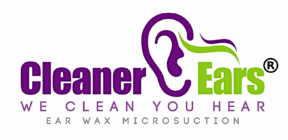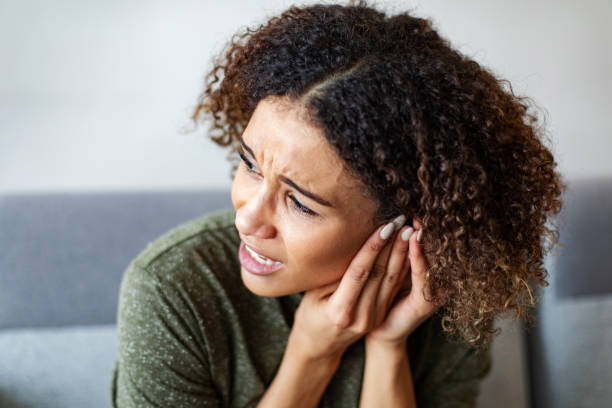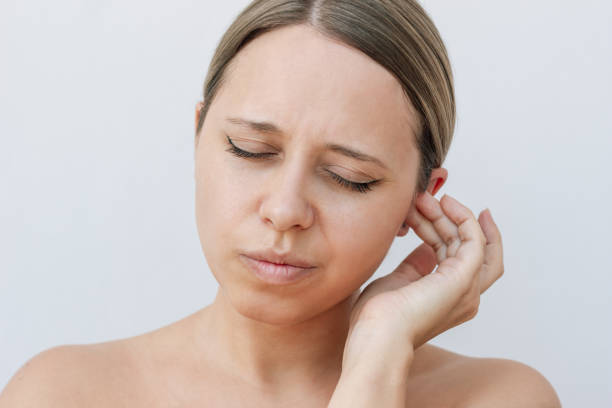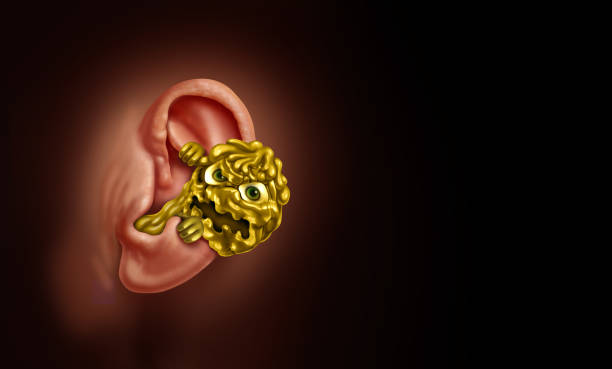Why You Shouldn’t Use Cotton Buds for Ear Cleaning
Why You Shouldn’t Use Cotton Buds to Clean Your Ears For decades, cotton buds (also called cotton swabs or Q-tips) have been a go-to tool for cleaning ears. Many people believe they are the best way to remove earwax, but medical experts strongly advise against putting anything inside the ear canal. Using cotton buds incorrectly can cause more harm than good, leading to blocked ears, infections, pain, or even long-term hearing damage. In this article, we’ll explore why cotton buds are harmful, what you should use instead, and what to do if you’ve already injured your ear with one. Are Cotton Buds Bad for Your Ears? Yes, cotton buds are one of the most common causes of earwax impaction and ear injuries. Instead of removing wax, they usually push it deeper into the ear canal, creating a blockage. This can cause hearing problems, discomfort, or dizziness. In more severe cases, cotton buds can scratch the delicate ear canal or even puncture the eardrum. How to Clean Your Ears Without Cotton Buds The good news is that your ears are naturally self-cleaning. For most people, a gentle wash around the outer ear with a damp cloth is enough. The ear canal slowly moves wax outward, where it dries and flakes away.Other safe methods include: Ear drops or oils to soften wax. Over-the-counter ear sprays that help dissolve build-up. Professional microsuction earwax removal, the safest and most effective method recommended by audiologists. What to Use Instead of Cotton Buds for Ears Instead of cotton buds, you can use: Earwax removal drops (available at pharmacies). Warm water rinse in the shower (letting water flow gently around the outer ear, not deep inside). Professional earwax removal at a hearing clinic. Avoid inserting sharp objects, matches, or metal ear picks — these can be even more dangerous than cotton buds. I Used a Cotton Bud in My Ear and Now I Can’t Hear If you feel sudden hearing loss after using a cotton bud, you may have pushed earwax deeper inside, creating a blockage. Sometimes, it may also mean you scratched or injured your eardrum. Don’t try to fix it yourself. Book an appointment with a professional earwax removal clinic for a safe check-up and treatment. I Put a Cotton Bud in My Ear and Now It Hurts Pain after using a cotton bud is a warning sign. The cotton tip may have caused a small scratch, or worse, damaged your eardrum. If the pain doesn’t go away within a few hours or if it’s severe, seek medical attention immediately. Cotton Swab Ear Injury Treatment If you think you’ve injured your ear with a cotton bud: Stop using cotton buds immediately. Do not insert anything else into the ear. See a doctor or ear specialist for examination. If there is bleeding or fluid discharge, get urgent medical care. Minor scratches may heal on their own, but deeper injuries require treatment to avoid infection. Why Do You Put Cotton in Your Ear When You Have an Ear Infection? Some people use cotton to “plug” the ear when they have an infection, usually to absorb discharge or prevent dust and air from entering. However, it’s not always safe — blocking the ear may trap bacteria and worsen the infection. Always consult a doctor before using cotton in this way. Putting Cotton in Ear at Night Sleeping with cotton in your ear is generally unnecessary and not recommended. It can block natural airflow and may lead to irritation or infection. If you need to protect your ears from noise, water, or insects at night, use proper earplugs designed for sleeping instead. Final Thoughts Cotton buds may seem harmless, but they pose real risks to ear health. From earwax blockages to injuries, the dangers outweigh any short-term “clean” feeling. Your ears have a natural cleaning system — and when needed, professional earwax removal is the safest choice. At Cleaner Ears, we specialize in gentle, effective earwax removal using advanced methods like microsuction. If you’ve been using cotton buds and now experience blocked ears, pain, or hearing loss, book an appointment today for safe, professional care.




